Mangoes, often hailed as the king of fruits, are not just delicious tropical treats—they are also major agricultural commodities grown and traded across the globe. With their juicy flesh, sweet aroma, and vibrant colors, mangoes are cherished worldwide. But behind the fruit’s popularity lies a robust global industry that spans continents. This article presents a comprehensive comparison of mango production volumes worldwide, highlighting the key players, regional trends, and what sets top-producing countries apart.
Global Overview of Mango Production
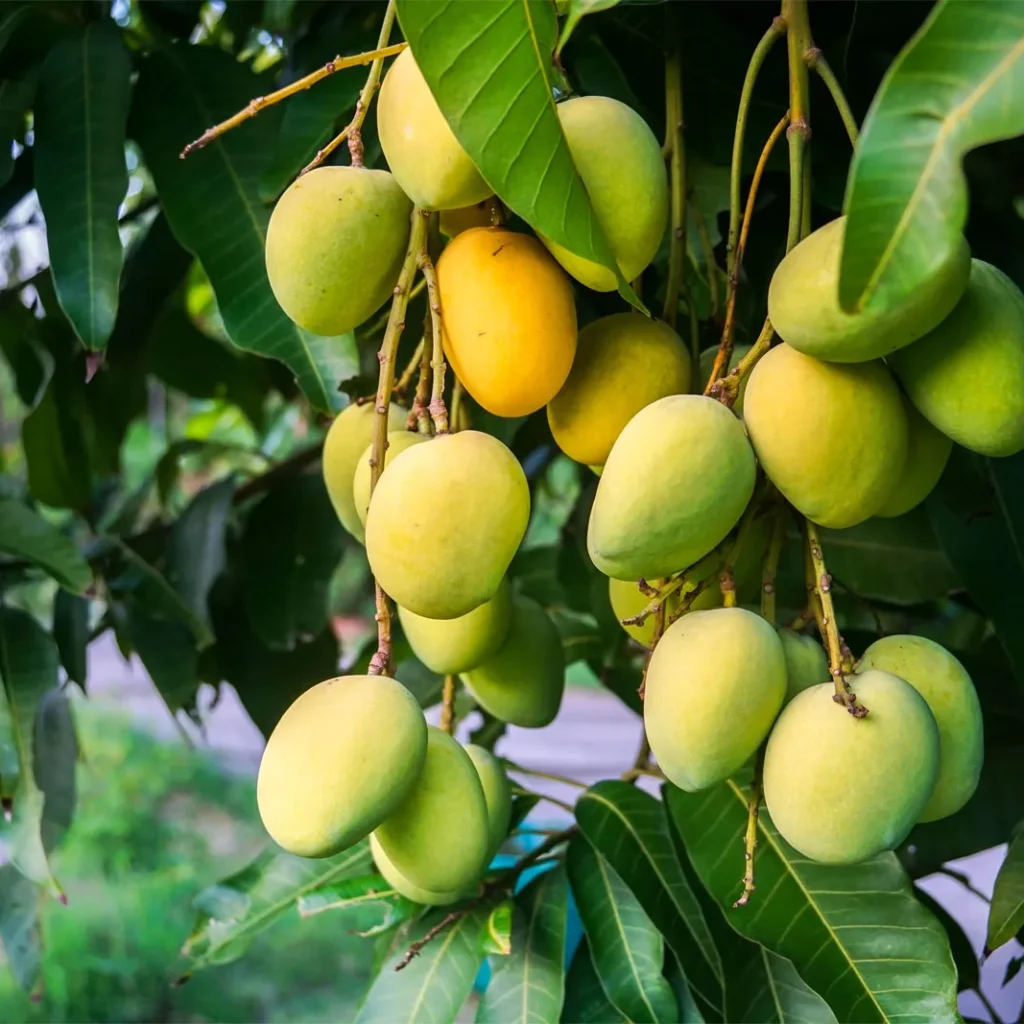
Mangoes are cultivated in over 100 countries, but production is largely concentrated in tropical and subtropical regions. According to the Food and Agriculture Organization (FAO) and 2025 agricultural trade data, the total global mango production volume exceeds 55 million metric tons annually.
Top Producing Continents (2025)
| Continent | Share of Global Production |
|---|---|
| Asia | ~75% |
| Africa | ~12% |
| South America | ~8% |
| Central America & Caribbean | ~3% |
| Others | ~2% |
Top Mango Producing Countries: 2025 Rankings
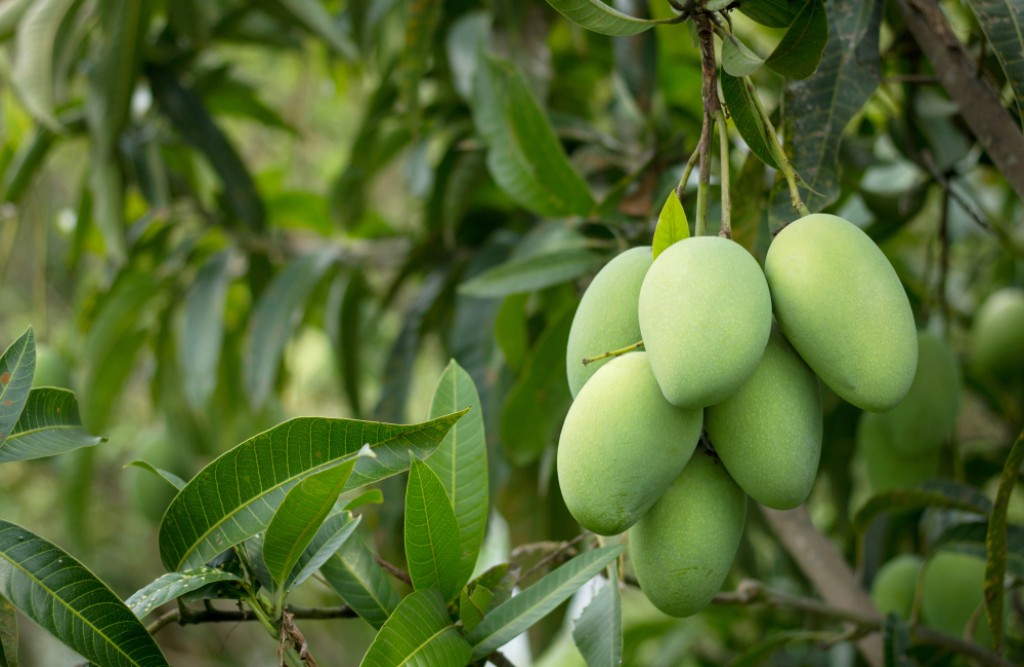
Let’s take a closer look at the top producers and compare their production volumes, strengths, and global impact.
1. India – The Mango Powerhouse
- Annual Production: ~24–25 million metric tons
- Global Share: ~45%
- Main States: Uttar Pradesh, Andhra Pradesh, Maharashtra, Gujarat, Bihar, Karnataka
- Famous Varieties: Alphonso, Kesar, Dasheri, Langra
India is by far the largest mango producer in the world, contributing nearly half of global output. Mango cultivation is deeply integrated into Indian agriculture and culture. The fruit is grown on over 2.5 million hectares, supporting millions of farmers.
Despite its massive production, India exports only around 5–7% of its crop due to strong domestic demand.
2. China – Fast-Growing Mango Industry
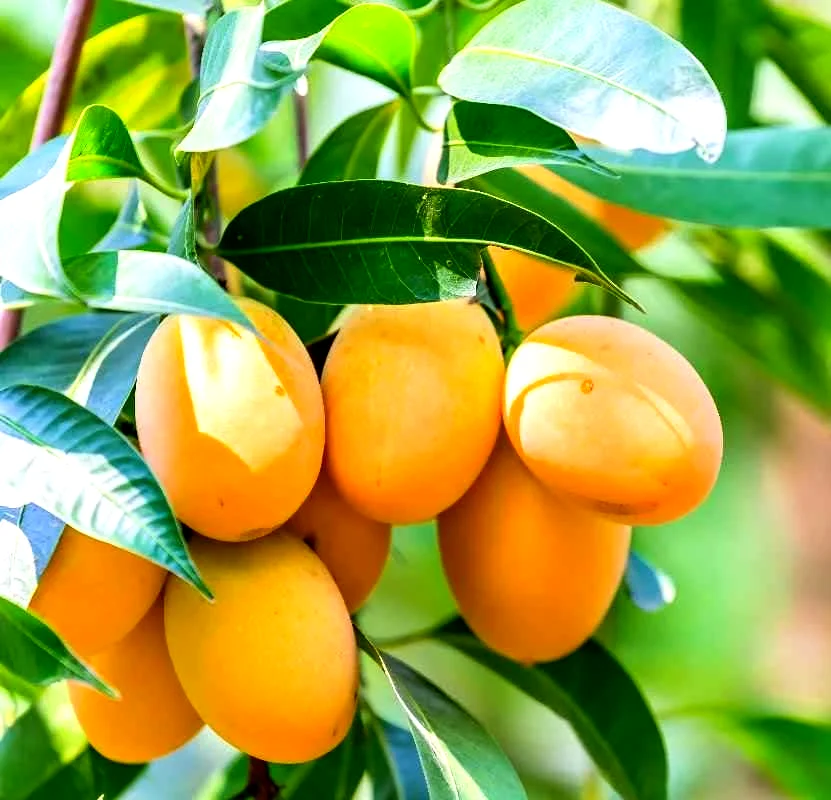
- Annual Production: ~4.8–5 million metric tons
- Global Share: ~9%
- Key Provinces: Guangxi, Yunnan, Guangdong, Hainan
- Main Varieties: Tainong, Jinhuang
China’s mango industry has expanded rapidly in recent years, driven by increasing domestic consumption and investments in tropical agriculture. Unlike India, China focuses more on commercial production using modern technology, greenhouses, and controlled irrigation systems.
Exports are relatively low, but China is a rising force in mango production and aims to boost its international market presence.
3. Thailand – Quality with Consistency
- Annual Production: ~3.5–4 million metric tons
- Global Share: ~6–7%
- Growing Regions: Nakhon Ratchasima, Chiang Mai
- Key Varieties: Nam Dok Mai, Keo Savoy
Thailand’s mango industry stands out for its focus on premium-quality fruits. While its overall production volume is lower than India and China, Thailand exports a significant portion, especially to Japan, South Korea, and Europe.
Thailand has also invested heavily in Good Agricultural Practices (GAP) and post-harvest treatment, boosting the shelf life and appeal of its mangoes in international markets.
4. Indonesia – Abundant but Underutilized
- Annual Production: ~3 million metric tons
- Global Share: ~5%
- Main Areas: Java, Sumatra, Sulawesi
- Key Varieties: Arumanis, Gedong Gincu
Indonesia produces large volumes of mangoes, primarily for local consumption. The government is actively working to transform mangoes into a key agricultural export commodity, but challenges like inadequate cold storage, logistics, and processing facilities limit international trade.
Still, with rising global demand, Indonesia has strong potential to become a major mango exporter in the future.
5. Pakistan – The Home of Sweet Aromas
- Annual Production: ~2.5 million metric tons
- Global Share: ~4–5%
- Main Regions: Punjab, Sindh
- Famous Varieties: Sindhri, Chaunsa, Anwar Ratol
Pakistan’s mangoes are famous for their rich flavor and aromatic profile. While its production is lower than India and China, it has a strong presence in the Middle Eastern and European markets.
The government supports mango exports by investing in hot water treatment plants, certification systems, and farm-to-export supply chains.
6. Mexico – Leading the West
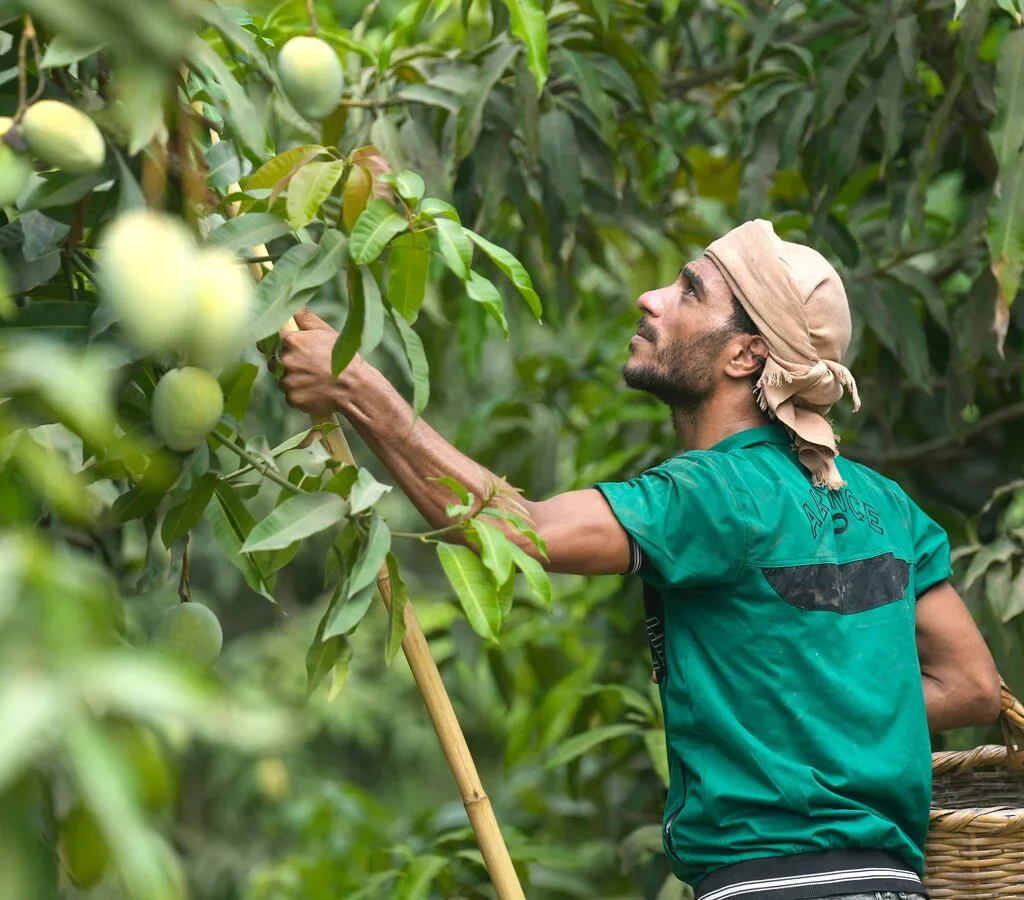
- Annual Production: ~2.2 million metric tons
- Global Share: ~4%
- Main States: Sinaloa, Chiapas, Michoacán
- Key Varieties: Ataulfo, Tommy Atkins, Kent
Mexico may not match India in production, but it is the world’s top mango exporter, supplying more than 400,000 metric tons annually, primarily to the United States and Canada.
Mexico’s mango production is tightly linked with export planning, using modern farming techniques, advanced cold chains, and USDA-certified processes.
7. Brazil – Sustainable and Organic Focus
- Annual Production: ~1.6 million metric tons
- Global Share: ~3%
- Key Areas: São Paulo, Bahia, Petrolina
- Major Varieties: Palmer, Tommy Atkins
Brazil’s mango production is closely tied to organic farming and export quality. It supplies high-value mangoes to Europe and North America, often through certified organic trade channels.
Irrigated farming in the São Francisco Valley allows year-round production, giving Brazil a strategic advantage.
Other Significant Mango Producers
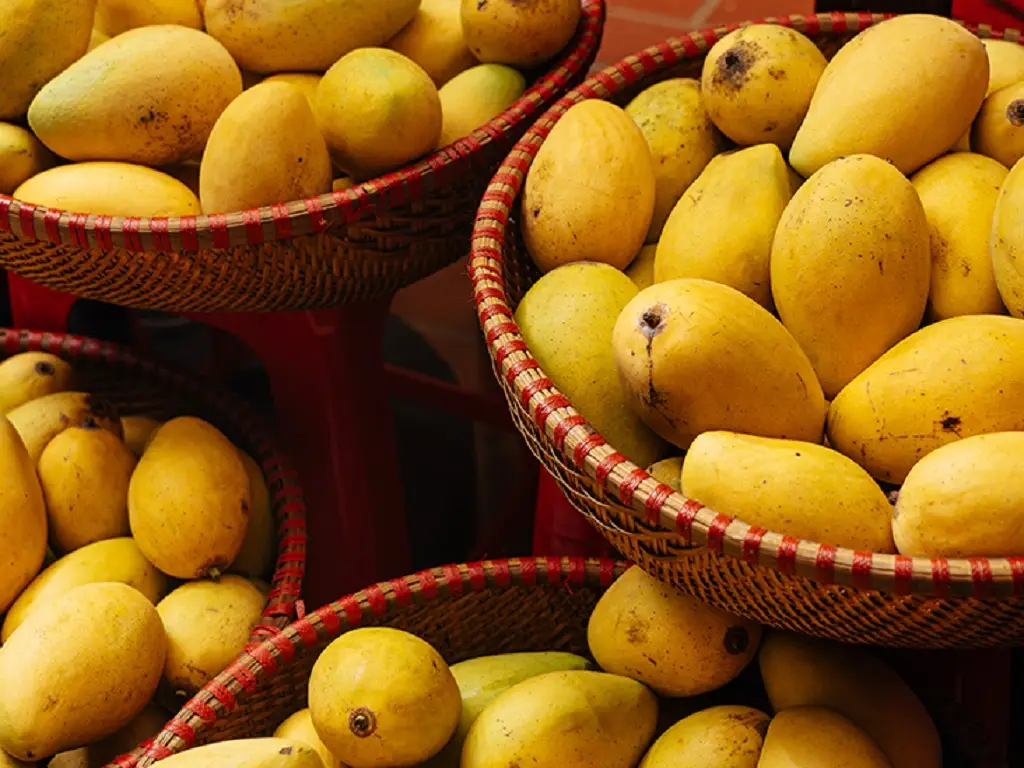
| Country | Production (Metric Tons) | Notes |
|---|---|---|
| Philippines | ~1.2 million MT | Known for sweet Carabao mangoes |
| Nigeria | ~900,000 MT | Africa’s top mango producer |
| Vietnam | ~800,000 MT | Fast-growing export industry |
| Egypt | ~750,000 MT | Exports to Europe and Middle East |
| Bangladesh | ~700,000 MT | Consumed almost entirely domestically |
| Kenya | ~500,000 MT | Emerging organic and sustainable grower |
Regional Insights on Mango Production
1. Asia – The Mango Heartland
Asia dominates the global mango map, producing three-quarters of the world’s supply. With countries like India, China, Thailand, and Indonesia leading the charge, Asia benefits from:
- Favorable climates
- Deep cultural significance of mangoes
- Large agricultural labor forces
- Strong domestic consumption
2. Africa – High Potential, Low Exports
Africa, led by Nigeria, Egypt, and Kenya, contributes over 12% of global mango production. However, poor infrastructure, lack of treatment facilities, and market access issues have limited Africa’s ability to become a major exporter—though this is rapidly changing with development programs.
3. Latin America – Export-Oriented Growth
Mexico, Brazil, and Peru lead Latin American mango production, focusing heavily on export markets. Their proximity to the U.S. and Europe, combined with good agricultural practices and value-added processing, have turned the region into a mango export powerhouse.
Trends Shaping Global Mango Production
1. Expanding Cultivation Areas
To meet rising global demand, countries like Vietnam, the Philippines, and Kenya are expanding mango cultivation with government incentives and private investment.
2. Technology in Farming
Precision agriculture, drip irrigation, pest forecasting, and AI-based farm monitoring are helping countries like China and Brazil improve yields and reduce losses.
3. Sustainability and Organic Farming
Consumers increasingly demand organic mangoes. Brazil, Kenya, and Egypt are emerging as leaders in eco-friendly mango production.
4. Climate Adaptation
Changing weather patterns—heatwaves, unseasonal rains, and drought—are affecting mango flowering and yield. Efforts are underway to breed climate-resilient varieties and use micro-irrigation and mulch-based systems.
Visual Comparison: Mango Production Volumes (2025)
Here’s a quick chart comparing production volumes:
| Rank | Country | Estimated Production (MT) |
|---|---|---|
| 1 | India | 25 million |
| 2 | China | 5 million |
| 3 | Thailand | 4 million |
| 4 | Indonesia | 3 million |
| 5 | Pakistan | 2.5 million |
| 6 | Mexico | 2.2 million |
| 7 | Brazil | 1.6 million |
| 8 | Philippines | 1.2 million |
| 9 | Nigeria | 900,000 |
| 10 | Vietnam | 800,000 |
Conclusion: A Fruitful Global Comparison
The world’s mango supply is led by tropical and subtropical nations where climatic conditions and cultural preferences align to produce this beloved fruit. India stands tall as the undisputed leader, while China, Thailand, and Mexico play increasingly influential roles. Countries like Pakistan, Indonesia, and Brazil bring unique varietals and quality into the global mix.
This global comparison of mango production volumes not only highlights current leaders but also reveals emerging players and shifting dynamics in an industry that is both agriculturally vital and economically significant.



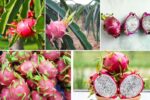

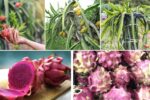
Leave A Comment